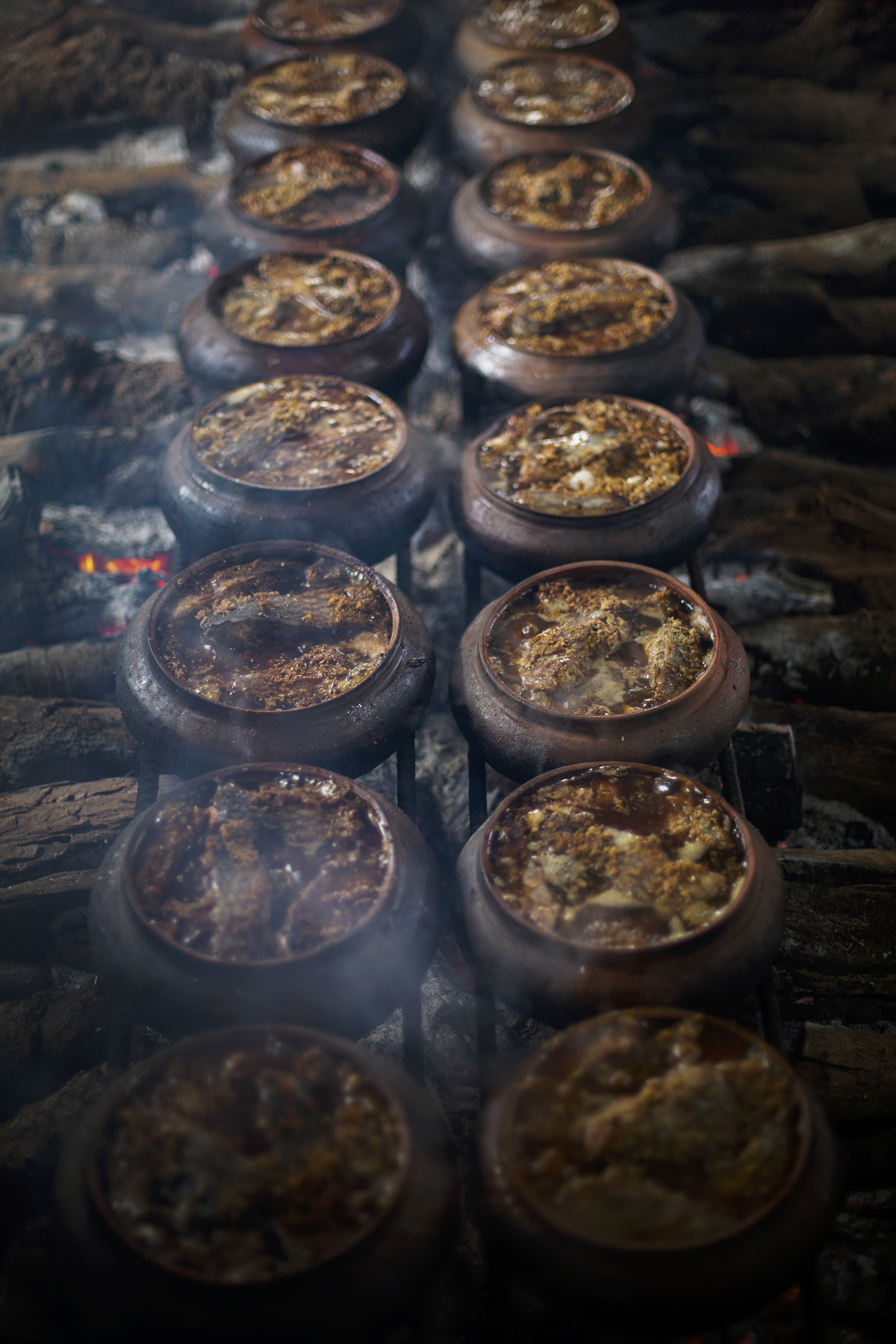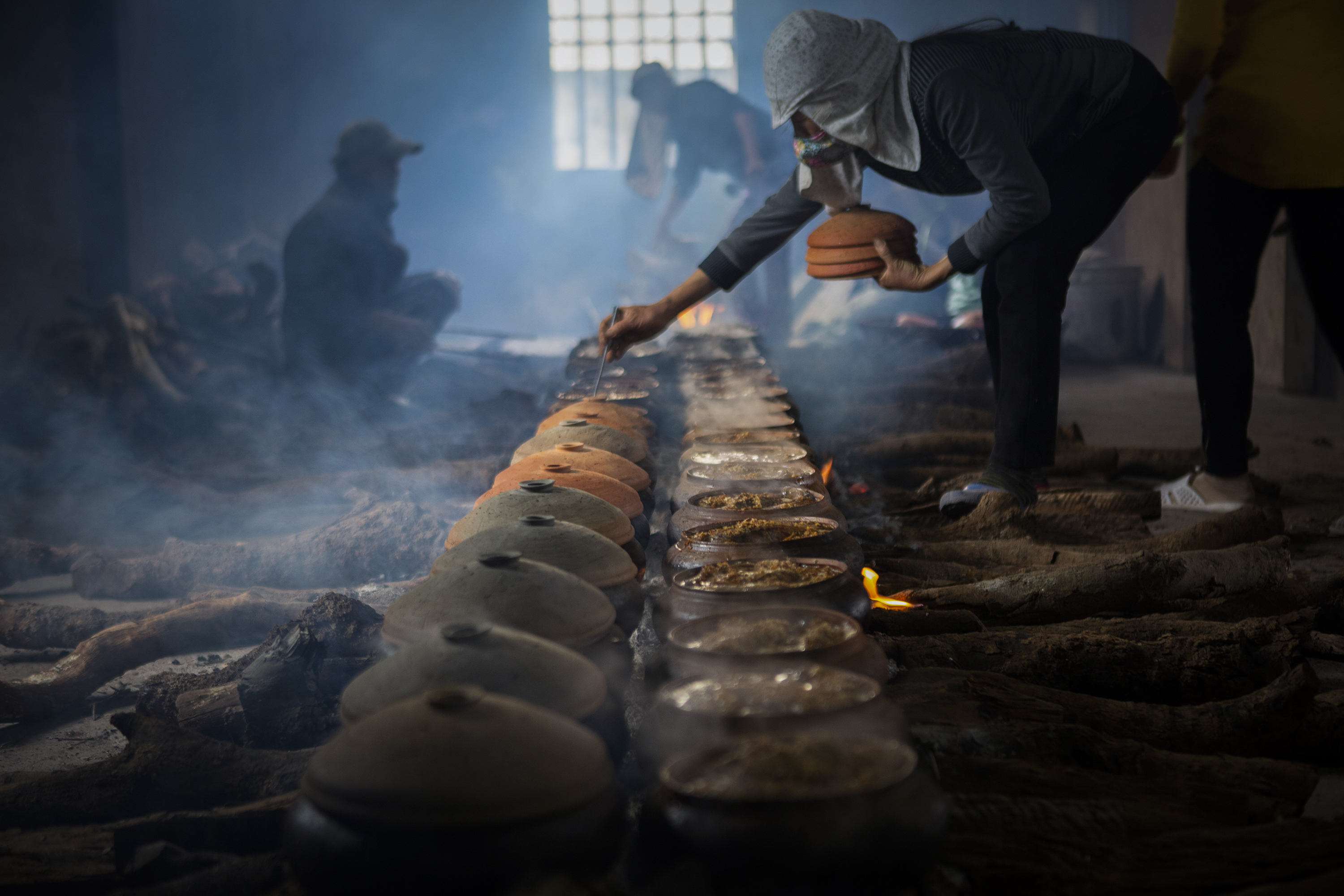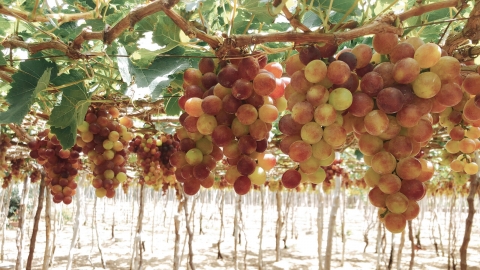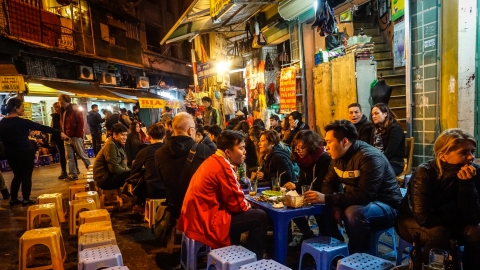Vu Dai village in those days
Vu Dai village in the famous work “Chi Pheo” by writer Nam Cao is the old name of Dai Hoang village located on the Chau Giang river, now in Hoa Hau commune, Ly Nhan district, Ha Nam province. The old story says that Nhan Hau land was a vast water area. At that time, there was a continuous famine and crop failure, only fish was available. Tet was approaching but there were no pigs, chickens, etc. in the house, so people thought of a way to prepare delicious and flavorful fish to offer to the family altar, both to express their respect and to pray to dispel the bad luck and misfortune of the past year. The braised fish dish of Vu Dai village has existed since that day.
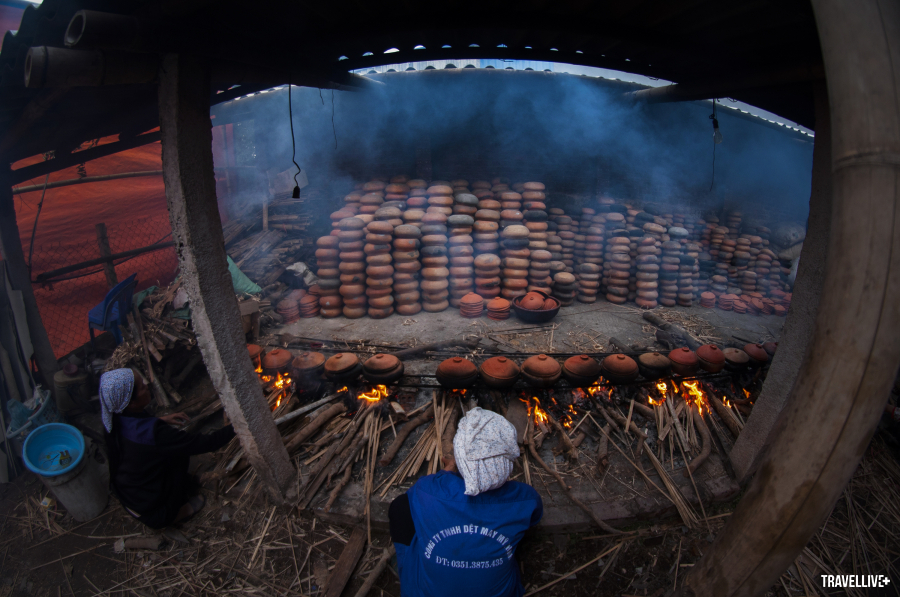
Legend has it that Vu Dai village's clay pot-braised fish was once one of the king's specialties and an indispensable dish during the village's major celebrations. During the Tran Dynasty, this was a dish the king particularly loved and was often brought to the palace.
Through the ups and downs of history, poverty no longer "makes it difficult" for the people of Vu Dai village, but the tradition of cooking fish on the occasion of Lunar New Year is still preserved and maintained in every household here. Gradually, Vu Dai clay pot fish has officially grown beyond the bamboo fence of the village, becoming a specialty that helps the people of Vu Dai village escape poverty and improve their lives.
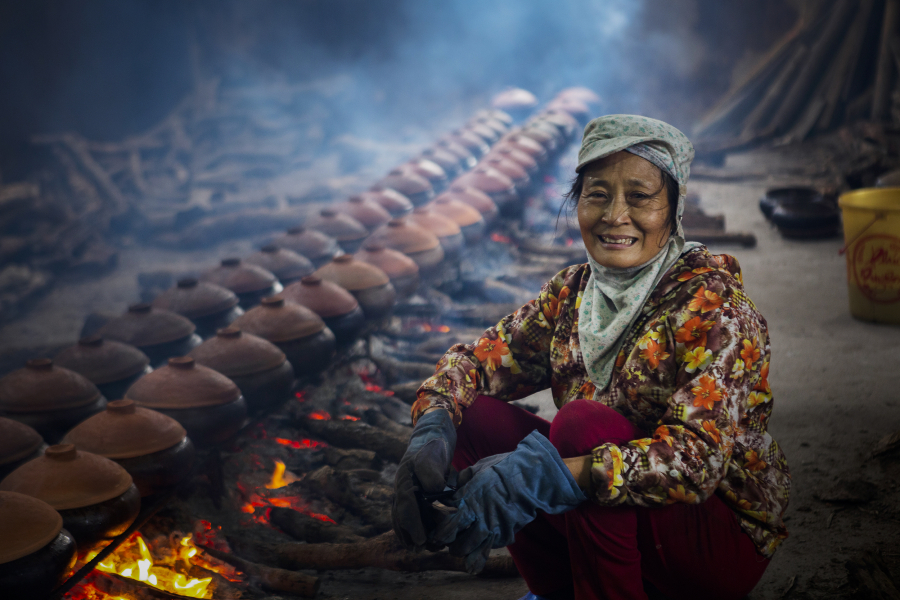
Fish braising is also a very elaborate profession…
In the past, every Tet holiday, the people of Vu Dai village were busy lighting fires, and every house was making fish stew. The aroma carried by the wind throughout the village, making people from kilometers away smell the pungent aroma of firewood and clay pots. The smell of fish stew became the unique smell of Tet in Vu Dai village. But now, fish stew has become a separate profession of the locals with many brands to sell all over the country as a unique specialty.
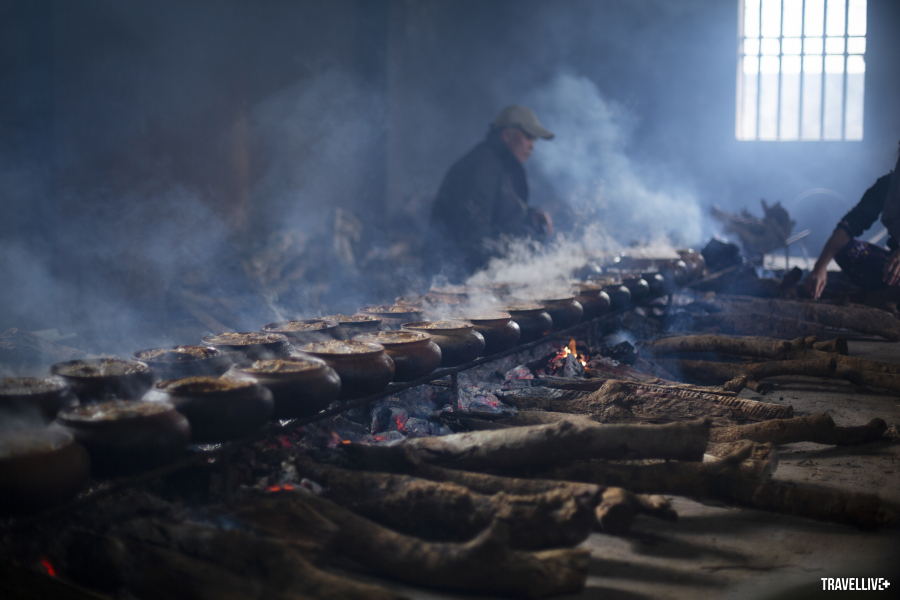

In the Vietnamese culinary treasure, perhaps braised fish is one of the dishes with the longest history, the soul and essence of the Vietnamese people who specialize in the river trade, and a beloved dish in the meals of every Vietnamese family. Although each locality has its own way of braising fish, perhaps nowhere has a way of braising fish as meticulous and elaborate as Vu Dai village. From the stage of choosing the ingredients to the preliminary processing to the cooking process, it requires meticulousness, dexterity, perseverance and endurance of the chef.
The meticulousness of braising fish is shown right from the stage of choosing the fish so that the fish will not break when braising carefully. People in Vu Dai village only take black carp raised at home, eating snails for 3 years or more, weighing from 3 to 7 kg, with a long body and a small belly. Only then will the fish have firm meat, little fat and produce the most excellent braised fish.

People in Vu Dai village have a traditional method of braising fish using clay pots and wood stoves, both to preserve the tradition of their ancestors and to keep the fish pots with the rich flavor of the soil, the fish meat is still fatty, soft, delicious, not too dry, not too watery. However, not every clay pot can produce the flavor of Vu Dai village braised fish. Just one pot is ordered to be produced in two places. The body of the pot is made in Nghe An, and the lid is specially ordered in Thanh Hoa. Because when braising fish for a very long time, only pots made from Nghe An clay will not break and only lids made from soft clay in Thanh Hoa can withstand the heat from the rising steam. The pots are brought back and boiled in boiling water with salt for many hours to ensure durability and to ensure that they do not crack or break during the process of braising fish.
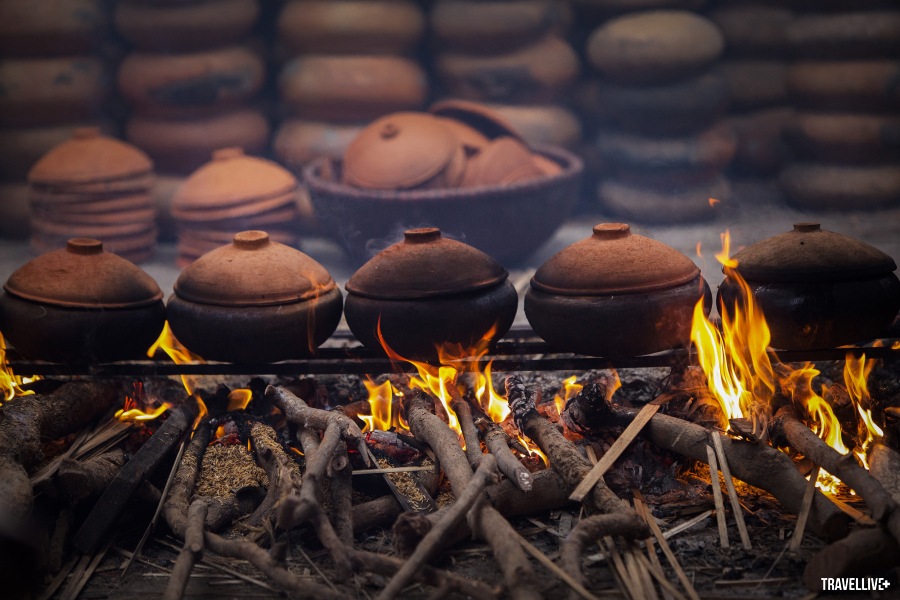
To create the unique flavor of Vu Dai village fish pot, the fish is also marinated and stewed with many other ingredients such as ginger, galangal, chili, dried onion, lemon, sugar, pure fish sauce, pork belly, fresh coconut water... There are up to 16 different ingredients in the fish pot, but the most special is the crab essence. The crab is cleaned, fermented and distilled according to a secret method to make the broth to stew the fish. Thanks to it, Vu Dai village fish has a delicious taste that is nowhere else.
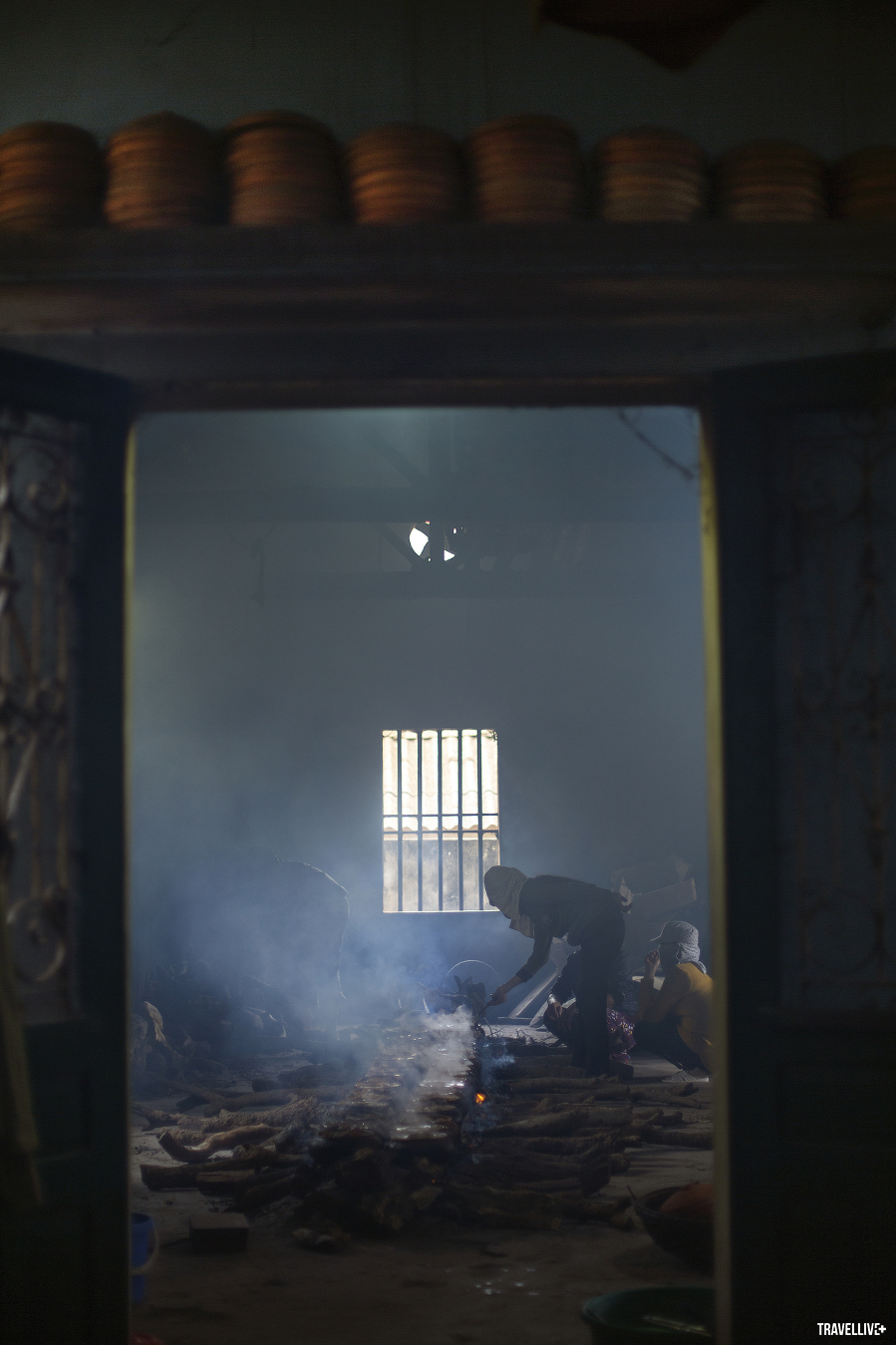
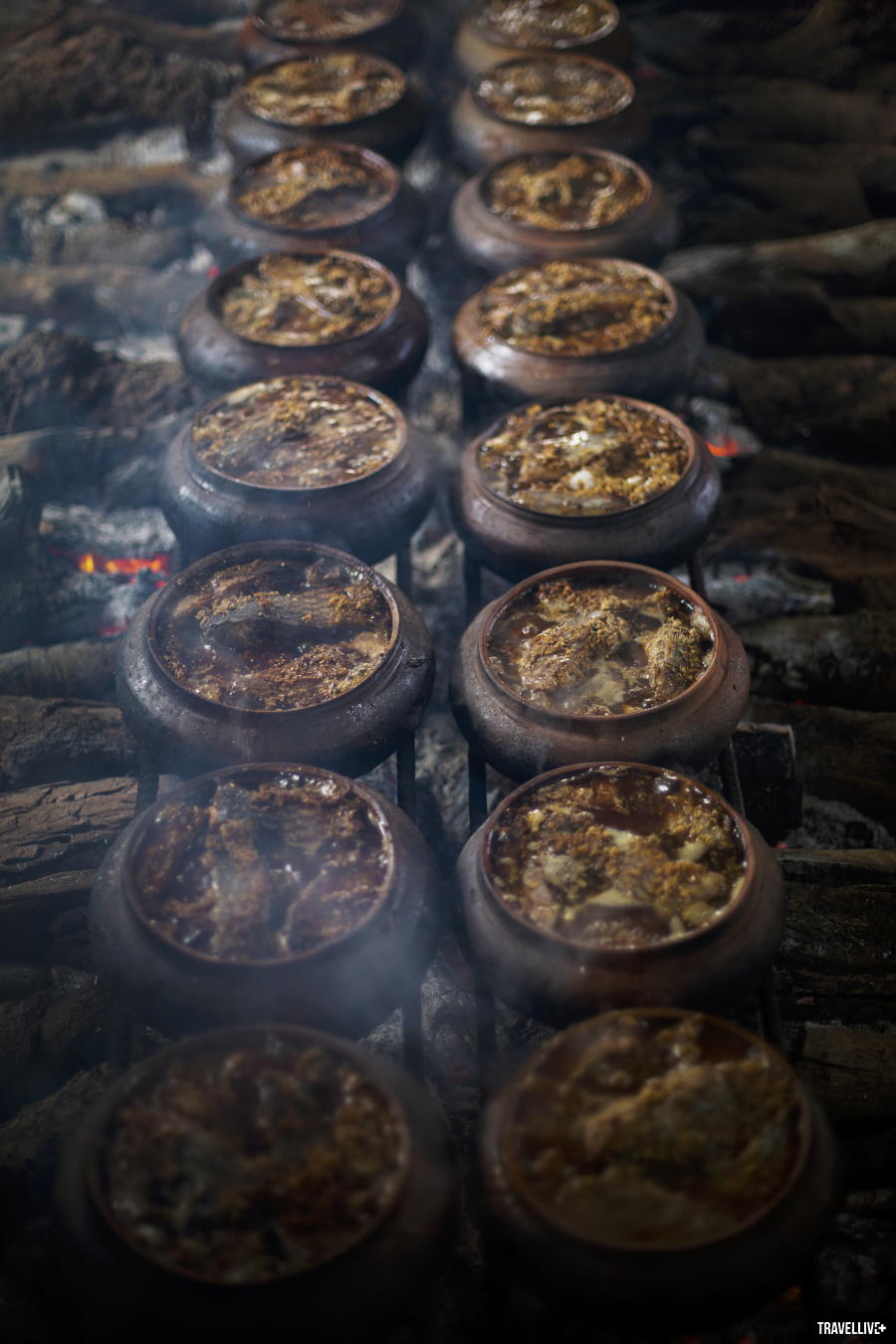
The firewood used to cook fish must also be carefully selected. Only longan wood is chosen because it produces a big fire, burns for a long time, and has rich charcoal, enough to provide heat for the fish pot throughout the cooking process.
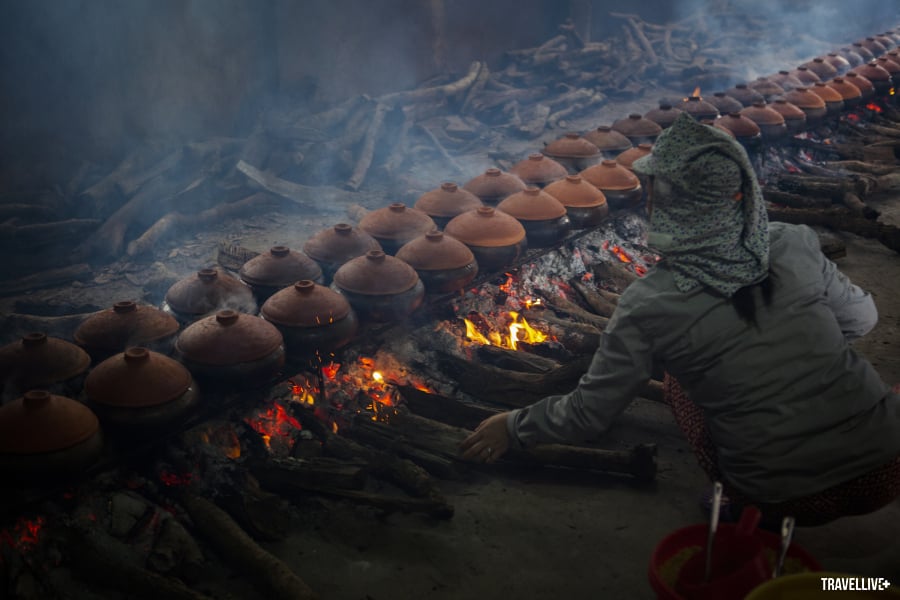
Putting the pot on the stove is the last and most difficult step, the most careful because just a little carelessness can ruin everything. The fish stew artisans of Vu Dai village still joke with each other that they treat the pot of fish like their own children, they have to be careful with every little detail. The pot of fish stewed on the stove will have to be opened until the fish boils, then covered again. This method will help remove the heavy smell, keep the most fragrant flavor of the spices, and the fish will no longer be fishy.
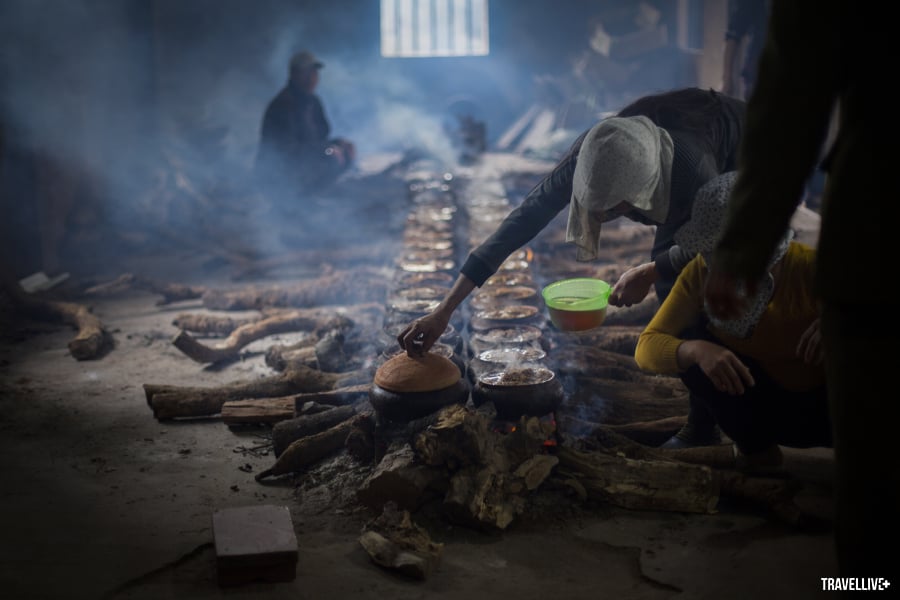
The process is delicate and meticulous, but the most valuable thing in this braised fish dish is the effort of the workers. To have a fragrant and rich braised fish dish with the rich flavor of the countryside, the chef must be on duty for 12-15 hours to watch the stove, adjust the heat, season, and often stay up all night until the dish is completed. If the braised fish is not cooked over the right heat, the fish meat will not be tender and will not absorb the spices well.


Eat once, remember for life
After staying up all night to cook fish with an artisan from Vu Dai village, the next morning I was excited to enjoy the results. As soon as I gently opened the lid, the fragrant aroma spread throughout the space. The golden brown fish looked so eye-catching that it made my stomach flutter.
The fish was braised so tenderly that the bones melted in my mouth. The aroma of the fish, the sweetness of the crab, the spices, and the longan wood all combined to create a special flavor that can only be tasted and felt, but is difficult to describe in words. Taking a light bite of the fragrant galangal, adding a bit of fatty pork belly along with fragrant white rice, I felt like someone who had been starved for a long time, eating endlessly, and in a flash, I had finished three bowls of rice - something truly astonishing, because I have not had the habit of eating rice for breakfast for a long time.
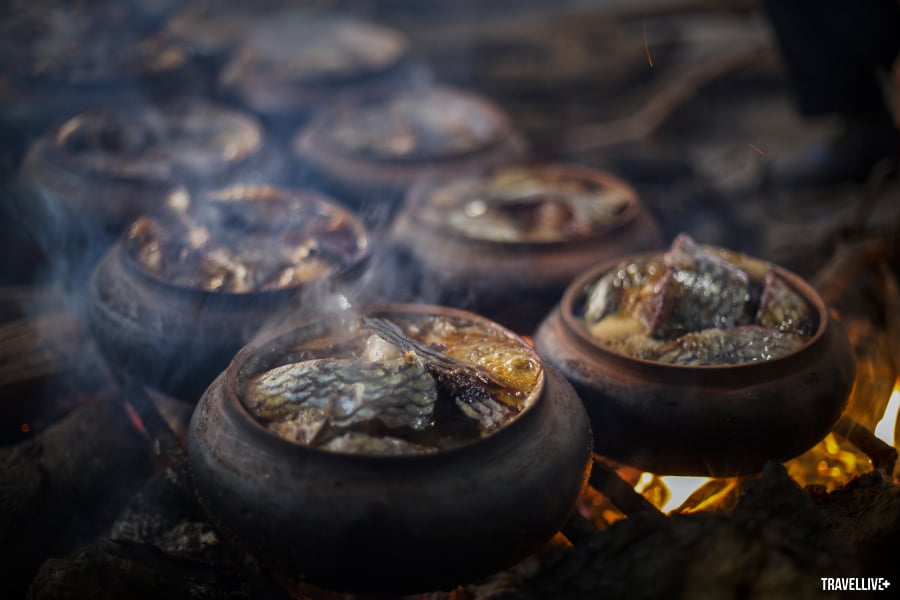
The special thing is that Vu Dai braised fish does not use any preservatives, but can still be kept for at least 5 to 10 days (depending on weather conditions) and still be delicious and rich. The good reputation spreads far and wide, Vu Dai braised fish is increasingly spreading to all parts of the country and even abroad. Vu Dai village has also become a tourist destination attracting visitors from far away to visit the hometown of Chi Pheo - Thi No, to visit the homeland of the rustic braised fish dish that once eaten, is remembered for a lifetime.






